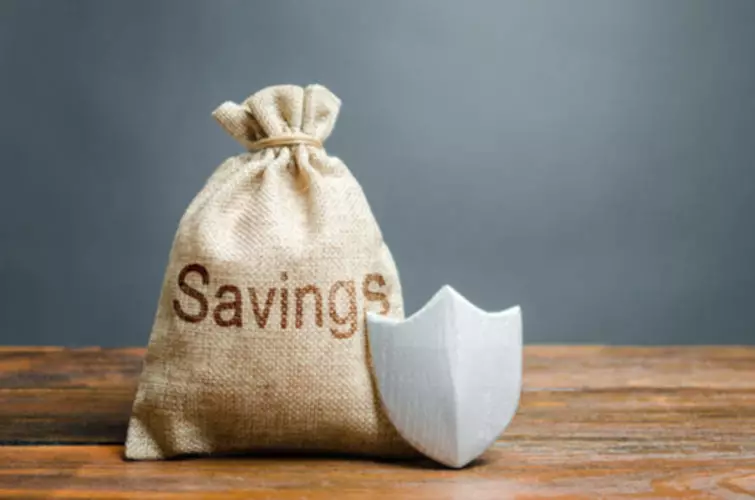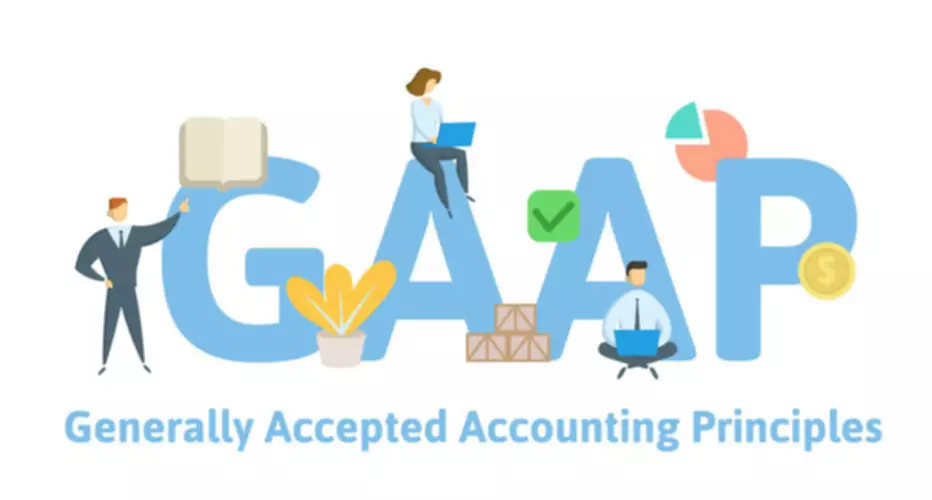Content

To ensure the balance sheet is balanced, it will be necessary to compare total assets against total liabilities plus equity. To do this, you’ll need to add liabilities and shareholders’ equity together. A balance sheet is important because it shows business owners and investors what a company owns and owes during a specific period. A balance sheet for a typical accounting period would reflect the number of assets and liabilities when the period ends. A balance sheet captures the net worth of a business at any given time. It shows the balance between the company’s assets against the sum of its liabilities and shareholders’ equity — what it owns versus what it owes.

On the other side of the equation are your liabilities, both short- and long-term, which are the monetary obligations you owe to banks, creditors, and vendors. Short-term liabilities include accounts payable, such as monthly invoices owed to vendors and creditors, and notes payable owed to others within the next 12 months. Long-term liabilities, or those due more than a year away, include a mortgage balance payable beyond the current year. Once you’ve set a date, your next task is to list out all of your current asset items in separate line items. To make this section more actionable, it’s best to separate them in order of liquidity. More liquid items like cash and accounts receivable go first, whereas illiquid assets like inventory will go last.
Download the Free Template
Cash and Cash Equivalents — i.e. the entire amount of money a company or organization has secured in a bank, in the form of cash, deposit certificates, savings bonds, etc. Each Balance Sheet covers a specific point in time and serves as a detailed financial balance showcasing Asset, Liability, and Equity data for an organization or company, during the point in time specified. The time period for this quarter is January 1 through March 31, 2013. Fortunately https://www.bookstime.com/ for you, we are sharing the 10 best simple balance sheet template in Excel. Cash — This includes cash-in-hand, checks, and non-restricted bank accounts. Uninvested Balances in your Brex Cash Account will initially be aggregated with Uninvested Balances from other Brex Treasury customers and deposited in a single account at LendingClub Bank, N.A. Only the first $250,000 in combined deposits at any partner bank will be subject to FDIC coverage.
Owners’ equity consists of both the investments contributed and the earnings generated and retained. This premium excels balance sheet template is designed to be used by the Accountant. This template is the quickest way to record data and analyze a company’s net income. It can be used to acknowledge the income and expenses of the company in a year further you can remark them accordingly. Knowing how to create and read a company’s balance sheet is essential to understanding the state of a business.
Microsoft Office 365 Balance Sheet Template
By analysing balance sheet, company owners can keep their business on a good financial footing. This includes debts and other financial obligations that arise as an outcome of business transactions. Companies settle their liabilities by paying them back in cash or providing an equivalent service to the other party. With this information, stakeholders can also understand the company’s prospects. For instance, the balance sheet can be used as proof of creditworthiness when the company is applying for loans. By seeing whether current assets are greater than current liabilities, creditors can see whether the company can fulfill its short-term obligations and how much financial risk it is taking.
Is Valeo (EPA:FR) Using Too Much Debt? – Simply Wall St
Is Valeo (EPA:FR) Using Too Much Debt?.
Posted: Wed, 12 Oct 2022 06:04:21 GMT [source]
When a balance sheet is reviewed externally by someone interested in a company, it’s designed to give insight into what resources are available to balance sheet a business and how they were financed. Based on this information, potential investors can decide whether it would be wise to invest in a company.
How to read a balance sheet
Big fan of playing tennis, snowboarding, traveling, reading books, and I live and breathe our product. Property Plant and Equipment with the Depreciation Offset — They include machinery and equipment, real estate, fixtures and fittings, and furniture used to produce goods and services.
Download our basic balance sheet sample template xls to get a snapshot of your company’s financials using Excel. Working capital, or net working capital , is a measure of a company’s liquidity, operational efficiency, and short-term financial health. Depending on the company, different parties may be responsible for preparing the balance sheet. For small privately-held businesses, the balance sheet might be prepared by the owner or by a company bookkeeper.
Shareholder’s Equity
The asset turnover ratio is one way to gauge efficiency by dividing a company’s revenue by its fixed assets to find out how the company is converting its assets into income. A balance sheet reflects the number of assets and liabilities at the final moment of the report or accounting period. Most balance sheet reports are generated for 12 months, although you can set any length of time. The final numbers reflect the condition of the company on the last day of the report. A balance sheet provides a summary of a business at a given point in time.
- For external auditors, a balance sheet can help them confirm that the company is complying with reporting laws.
- Small business firms must keep some cash on hand for day-to-day transactions.
- Calculating the shareholder’s equity in a small firm is typically easy because a single owner privately holds the share.
- Most balance sheet reports are generated for 12 months, although you can set any length of time.
In the account form its presentation mirrors the accounting equation. That is, assets are on the left; liabilities and stockholders’ equity are on the right. Leverage – Looking at how a company is financed indicates how much leverage it has, which in turn indicates how much financial risk the company is taking. Comparing debt to equity and debt to total capital are common ways of assessing leverage on the balance sheet. This account is derived from the debt schedule, which outlines all of the company’s outstanding debt, the interest expense, and the principal repayment for every period.
What are Balance Sheet Financial Ratios?
Last, a balance sheet is subject to several areas of professional judgement that may materially impact the report. For example, accounts receivable must be continually assessed for impairment and adjusted to reflect potential uncollectible accounts. Without knowing which receivables a company is likely to actually receive, a company must make estimates and reflect their best guess as part of the balance sheet. Current portion of long-term debt is the portion of a long-term debt due within the next 12 months. For example, if a company has a 10 years left on a loan to pay for its warehouse, 1 year is a current liability and 9 years is a long-term liability. Accounts Payables, or AP, is the amount a company owes suppliers for items or services purchased on credit. As the company pays off its AP, it decreases along with an equal amount decrease to the cash account.
